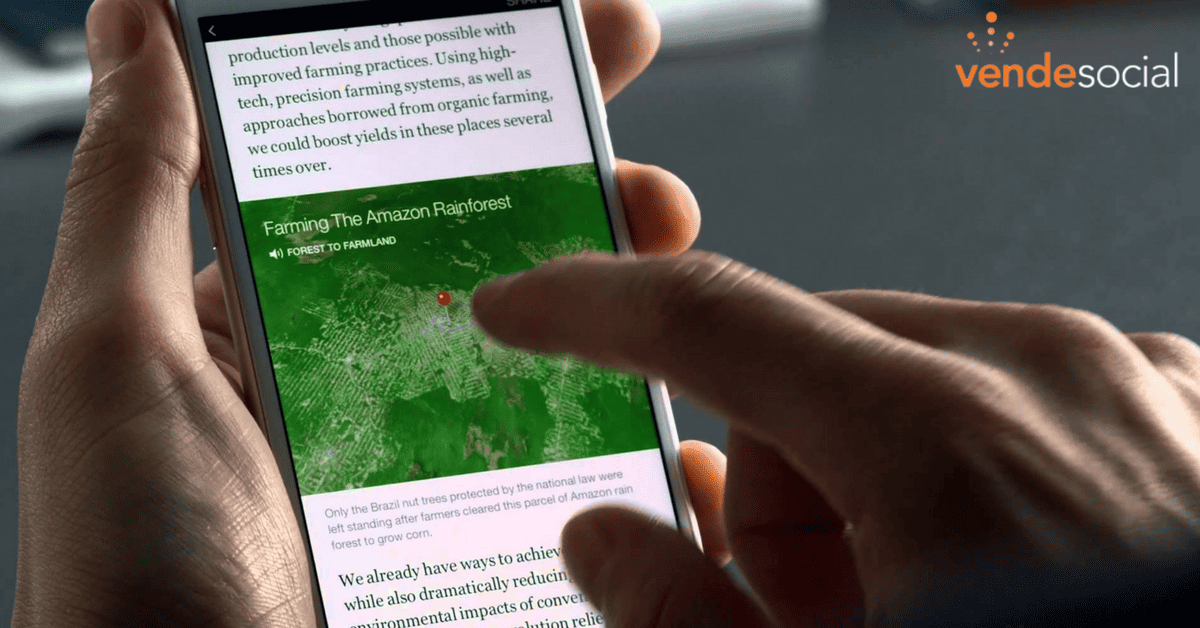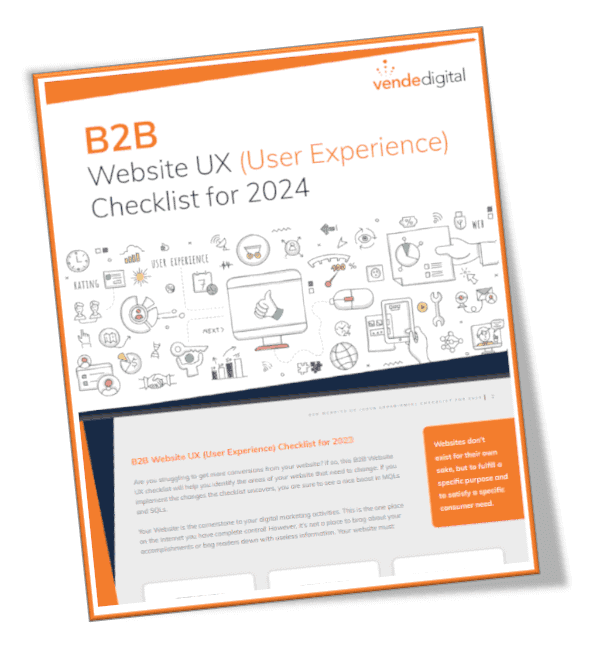Lower ad revenue and a lack of direct publisher-reader interaction have caused Facebook’s Instant Articles publishing platform to lose steam – and publishers. They are hoping to get some of those publishing friends back by giving them more ad space and new tools like an email signup and Facebook likes promotion.
Facebook hasn’t been satisfied
For several years, Facebook hasn’t been satisfied with being the biggest social media network on the Internet, they have wanted to be “the” Internet – all of it. That was the reason behind their “Instant Articles” publishing platform which sought to be important, if not the only, source of news for Facebook users. Though it started out to enthusiastic applause, Instant Articles hasn’t had the adoption rate or the staying power that they had hoped for in 2015.
By using Instant Articles rather than their own website, publishers give Facebook access to exclusive content and ad revenue for every article put up. In exchange, rather than waiting up to 10 seconds for an off-Facebook news story to load, a publisher’s Instant Articles content loads…. well, instantly. No waiting for the reader, along with increased exposure in Facebook’s newsfeed, means a publisher’s content should have better reach and greater revenue potential.
Even though most of the big outfits were enthusiastic at sign on, there hasn’t been a lot of shouts of praise from the news recently. The platform has notably been missing a key tool that many publishers find important and some find vital – a subscription sign-up. Other issues like lower ad revenue, lack of publisher branding, and lower reader connection have caused some agencies to bail out and take the content elsewhere. Even early-adopter, New York Times, fled last fall, after finding that their own site was producing better results in terms of monetized ads and subscription referrals.
Addressing revenue concerns
Last month, Facebook started allowing publishers to place more ads within articles to address revenue concerns. The new call-to-action units and a “free-trial for paid subscription” unit, which is in beta testing, are directed at publishers who rely on reader engagement to drive revenue, but Facebook is also pushing to improve relationships with news media individuals and the industry, as a whole.
In January, hoping to look sincerely committed to improvements, Facebook hired former TV anchor, Campbell Brown, to be the head of Facebook news, or more like the “face” of the news. Courting individuals through the “Journalism Project,” Facebook has offered added tutorials for journalists, free access to its metrics company, CrowdTangle, and will be offering a number of “news literacy” and anti “fake-news” resources like the “Facebook for Journalists” class which just started.
Perhaps the public NYT departure spurred development of the new publisher tools, or perhaps it was the “fake news” saga which has driven Facebook-publisher relations to new lows. Any way you look at it, Facebook has some re-friending to do — media business, individual journalists, and the public. In other words, everyone.
Improve your business’ PPC campaign performance by downloading our Google AdWords Optimization whitepaper

